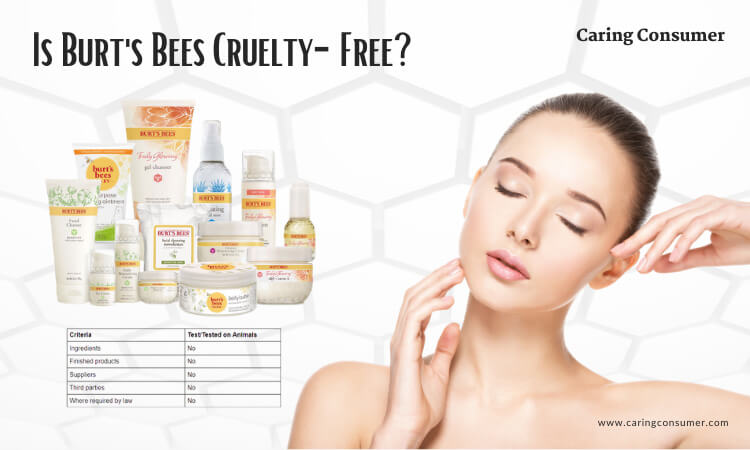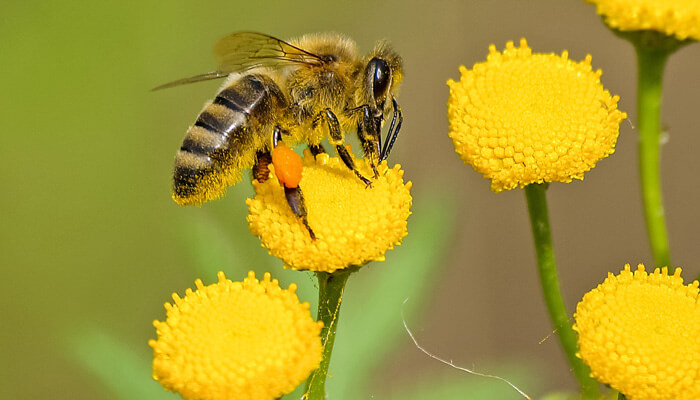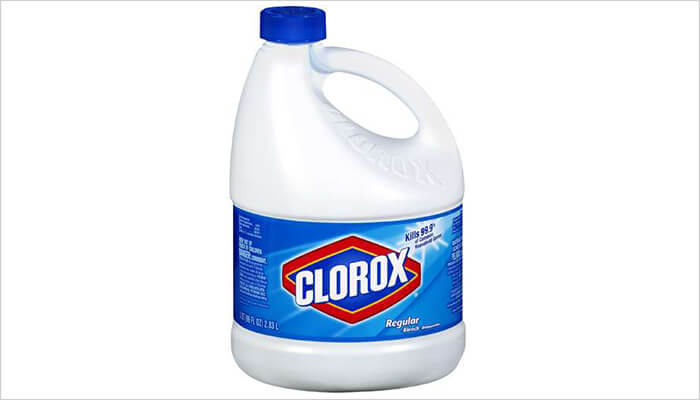
Since its founding in 1984, Burt’s Bees has always sought to position itself as an ethical and eco-friendly option in the personal care marketplace. Their focus is on natural ingredients and a “conscious” process of sourcing and manufacturing products.
The Burt’s Bees origin story is woven into all of their branding and marketing efforts. It’s a tale of two hippy entrepreneurs leaving the hustle and bustle of the big city to seek a simpler life in the Maine wilderness. They started beekeeping, selling honey, then finding additional uses for the beeswax.
Burt’s Bees’ product line came to include natural soaps, perfumes, candles, and lip balms.
The business grew exponentially. Then in 2007 Burt’s Bees was purchased by manufacturing giant Clorox for a staggering $925 million.
122111
Despite its ownership by a Fortune 500 company known for chemical cleaning products, Burt’s Bees has continued to present a focus on natural and ethical practices.
There’s good evidence that their messaging is sincere. Burt’s Bees is a member of several global responsible sourcing organizations. These include Sedex, AIM-Progress, Global Shea Alliance, and the Natural Resources Stewardship Council.
Their packaging indicates their cruelty-free stance and also bears the Leaping Bunny seal. Companies certified with the Leaping Bunny seal have committed to a comprehensive avoidance policy on using animals for product testing.
Burt’s Bees is also noted by PETA as a “company that does not test on animals.”
So, there’s clearly a level of commitment by Burt’s Bees towards ethical conduct, including cruelty-free practices. But, we know that a public image does not always tell the whole story. So, let’s take a closer look at Burt’s Bees.
Caring Consumer exists to connect you to products and brands that meet your ethical standards. Is Burt’s Bees one such company?
Here’s everything you need to know regarding the cruelty-free status of Burt’s Bees.
What Criteria Do We Use?
Cruelty in product manufacturing takes many forms. Just because a brand claims to be cruelty-free does not mean that you would agree with their claim if you had all of the facts. A company may fulfill some ethical obligations but fall short on others.
To evaluate a brand, we use five key considerations:
1. Ingredients
Does the company use any ingredient, formulation, or product from a manufacturer or supplier that conducts, commissions, or has been party to animal testing practices? And, does the company’s parent company use contentious ingredients?
2. Finished Products
Are the company’s finished products tested on animals by the company or any other company?
3. Suppliers
Do the brand’s suppliers test ingredients or finished products on animals?
4. Third Parties
Does the company carry out testing of ingredients or products through third parties?
5. Law Requirements
Does the company allow animal testing to be carried out to meet regulatory requirements? Is the company sold in countries where animal testing is required?
Why Burt’s Bees Products are Cruelty-Free

The Burt’s Bees website, in their FAQ section, includes the following statement regarding animal testing:
“Burt’s Bees is currently only selling products in China via direct-to-consumer ecommerce, a channel which is exempt from Chinese animal testing regulations. Burt’s Bees does not test its products on animals nor do we ask others to do so on our behalf. You’ll see the Leaping Bunny seal and our “cruelty free” stance on our packaging to reinforce our commitment. Please know that we are absolutely committed to our no animal testing policy, and are proceeding only in the instances where we can maintain unwavering adherence to it.”
This is how the brand performs against our points of reference mentioned above:
| Criteria | Test/Tested on Animals |
| Ingredients | No |
| Finished products | No |
| Suppliers | No |
| Third parties | No |
| Where required by law | No |
The brand meets our cruelty-free criteria. However, let’s take a closer look at a few key issues.
Burt’s Bees Parent Company: Clorox’s Animal Testing Policy

Burt’s Bees is part of Clorox. From the Clorox website’s Policies and Practices section, here is an excerpt from the company’s statement on animal testing:
“Clorox does not conduct or ask third parties to conduct on its behalf any animal testing on products or ingredients within the Clorox product portfolio unless that testing is required by law and there is no available alternative. When the law requires such tests, Clorox selects highly qualified contract research facilities that comply with all applicable animal welfare standards. When legal requirements allow alternative methods, including the use of in vitro testing, Clorox will use alternative methods…
We are committed to ending animal testing in our industry. We are and will continue to be relentless in our efforts to replace such testing by using existing data and alternative tests in all aspects of product safety testing. We will continue to be active leaders in the creation, development and validation of alternative methods to proving product safety.”
The company states that animal testing only occurs when required by law, with no available alternative. They also indicate their support for ending animal testing. However, because they choose to produce products that may require animal testing by law, Clorox is not a 100 percent cruelty-free brand.
Burt’s Bees Business Operations in China
China is one of the only countries in the world that requires animal testing for beauty products. All cosmetic products imported into China must be tested on animals.
Burt’s Bees does sell a limited number of products in mainland China. Those products are manufactured in the United States and packaged in China.
Burt’s Bees sales in China are limited to direct-to-consumer e-commerce. The company describes such sales as “a channel which is exempt from Chinese animal testing regulations.”
Therefore, Burt’s Bees is not a direct party to animal testing, despite making sales in mainland China. However, consumers wishing to avoid any form of complicity with China’s animal testing policies may prefer to pass on Burt’s Bees products.
Is Burt’s Bees Vegan?
Burt’s Bees does not claim to produce vegan products.
Keep in mind that the “cruelty-free” designation is distinct from “vegan.”
Cruelty-free deals with animal testing. However, cruelty-free products may still contain animal products. Therefore, it is possible for a brand such as Burt’s Bees to claim cruelty-free status despite not producing vegan products.
Likewise, a product can be 100 percent vegan, but not be cruelty-free if it’s tested on animals.
Here’s how the Burt’s Bees website FAQ responds to the question “I am vegan. Can I use your products?”
“Some of our products do contain animal-sourced ingredients, such as milk, lanolin, honey, royal jelly and carmine. These are all listed on the ingredients section on the packaging and on our website. Please note, many of our products are produced on shared lines, which is why we don’t call out “vegan” or “vegetarian” on our products.”
Burt’s Bees does not claim to be a vegan brand, nor do they label individual products as vegetarian or vegan, due to shared product lines.
Consumers can check individual products or the Burt’s Bees website for ingredients lists.
Stay Informed With Caring Consumer
Burt’s Bees qualifies as a cruelty-free brand. However, their affiliation with Clorox, non-vegan products, and expansion into the Chinese market complicates issues for many consumers.
To help keep you informed, Caring Consumer maintains lists of companies that do and do not test on animals. As well as our page on animal ingredients and their alternatives.
Knowledge is power. Thank you for being a caring consumer.